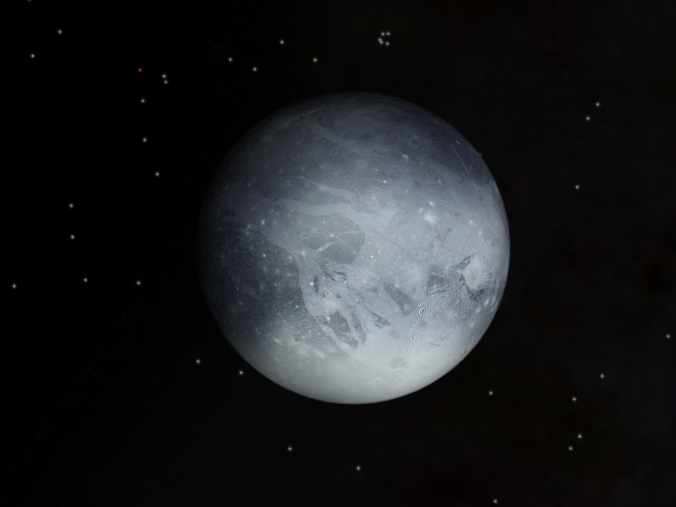JA, we've covered this ground soooo many times before. I don't hope to change your opinions, only to alert others reading this thread of your anti-modern agenda.
1. The only people I'm aware of who routinely use modern adaptive magnification devices in their lives
except in astrology are some (not all) western traditional astrologers. Many people wear corrective eye glasses, or have had microbiological lab work done on their doctor's orders. It makes no sense to allow magnification in any areas of life except in astrology.
Simple "backyard" telescopes for amateurs are capable of picking up all kinds of things in the night sky. Apparently on July 25 you can see dwarf planet Ceres through
binoculars.
http://www.skyandtelescope.com/observing/this-weeks-sky-at-a-glance-july-17-25/ You don't need a powerful telescope to see Uranus and Neptune before dawn, either.
But this point is irrelevant. It's OK to learn about our solar system and beyond from professional astronomers using the high-powered telescopes of today. Nobody re-invents the wheel every time they drive a car. We rely on professionals for all kinds of information.
As classics professor Daryn Lehoux has shown, people switched from star-gazing to using ephemerides and star-calendars as soon as these became available.
2. Everybody knows that fixed stars are suns.
3. Your points on Ptolemy ignore the fact that nobody knows whether he read charts or not. Actual chart-reading astrologers in the ancient Roman empire were called "mathematicians." The fact is that Ptolemy's
Tetrabiblos was widely disseminated as the cornerstone of the western traditional astrology you so revere.
I highly recommend that you read Nicholas Campion's two-volume history of astrology.
To be continued....
Some astrologers, both traditional and modern, use them. What hasn't changed their interpretations of fixed stars, so far as I know, is recent advances in astronomy.
The Sumerians, Akkadians, and Babylonians developed star catalogues and what we would consider to be astral omens. We can stretch this and call it mundane astrology. Other cultures like the ancient Egyptians observed stars for their calendar. What these ancient societies did not develop was
horoscopic astrology. It was probably developed by Hellenized Egyptians or Greeks living in Alexandria Egypt during the 2nd century BCE.








